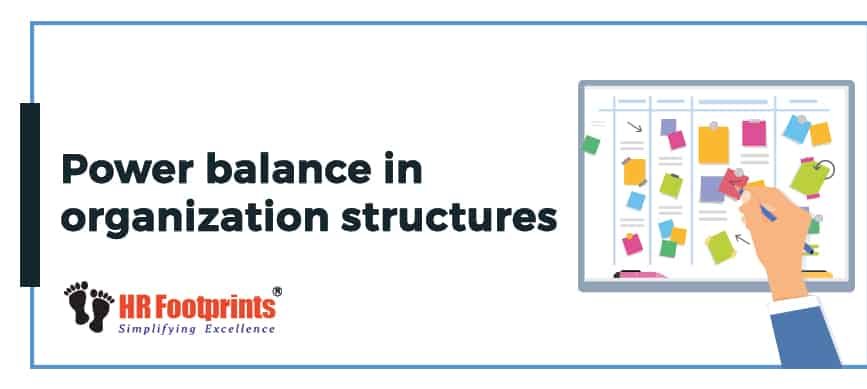Off late, virtual HR function is the buzz word that we have been hearing. Large to small organizations are in a path to take up this project of Virtual Human Resource systems, a network – based system built on partnerships and mediated by information technologies in order to be simultaneously strategic, flexible, cost-efficient, and service-oriented.
What led to the transformation of HR processes today?
The driving force behind the virtual HR concept is the emergence of new technology, the need for high speed management of workforce, a networked organization and knowledge workers. Globalization, diversity, intellectual capital, information technology and the like are expanding the scope of organizations, accelerating the pace of change, and placing a premium on organizational agility, flexibility and rapid response. As the global competition is rising, the firms are more focusing on importance of collaborating with external partners, focusing on resources from outside, integrating the knowledge from outside etc., and for all these changes, HR function is the epicenter.
The HR functions are to be simultaneously static, flexible, cost-efficient and customer–oriented and can be operated much faster. The traditional model for HR is poorly suited for all these challenges. This led to the raise of virtual HR systems.
The Technology Infrastructure for Virtual HR:
The backbone of virtual HR is information technology (IT). IT allows firms to store and retrieve large volumes of information quickly and inexpensively. Firms can communicate more easily and selectively with others in remote parts of the world, thereby allowing for even better use of the information at their disposal.
Relational Impact of IT over HR:
While the operational impact of IT focuses on efficiency and productivity improvements within HR, IT also influences HR’s relationships with other parties within the organization. It allows HR to enhance service by providing line managers and employees with remote access to HR databases, supporting their HR-related decisions, and increasing their ability to connect with other parts of the corporation.
By making information accessible on-line, HR can improve decision quality, reduce cycle time, and enhance flexibility and customization.
Author – Seshagiri Pattamatta, Specialist – HR Processes , HR Footprints
Co- Author – Divya Shalini Modali, Member at HR Footprints.





